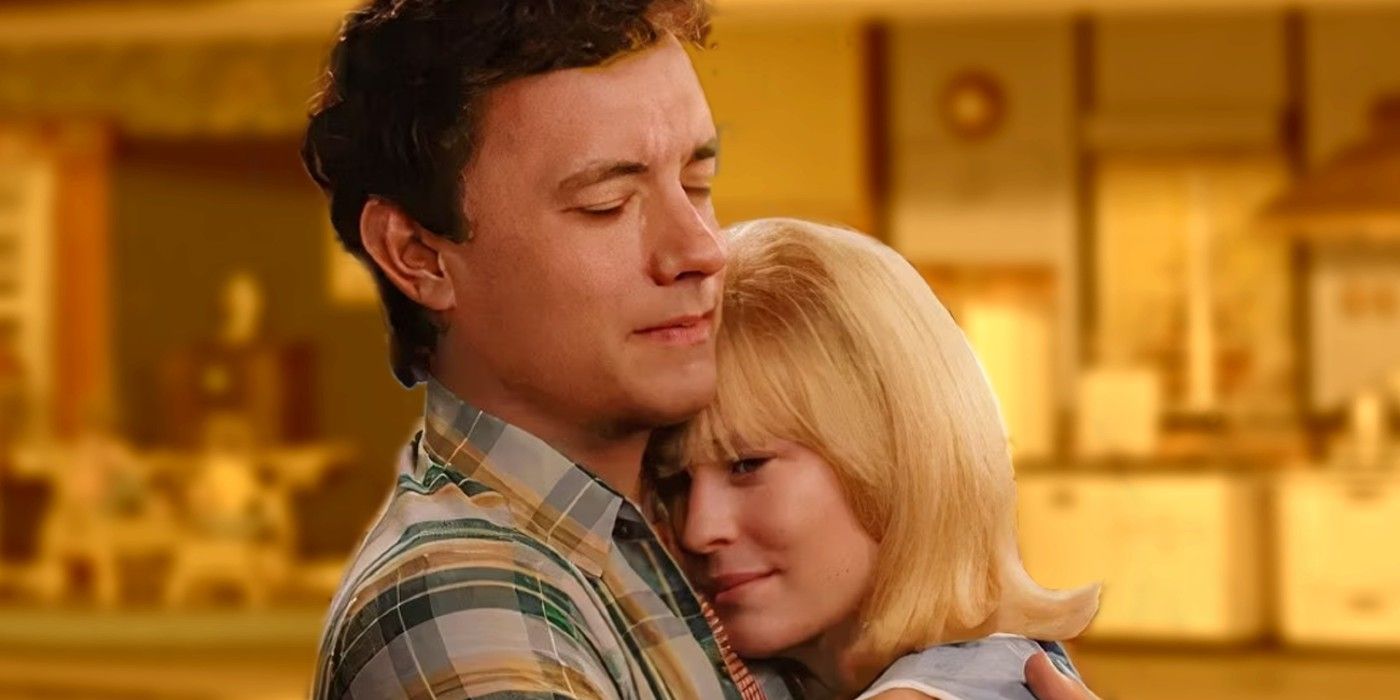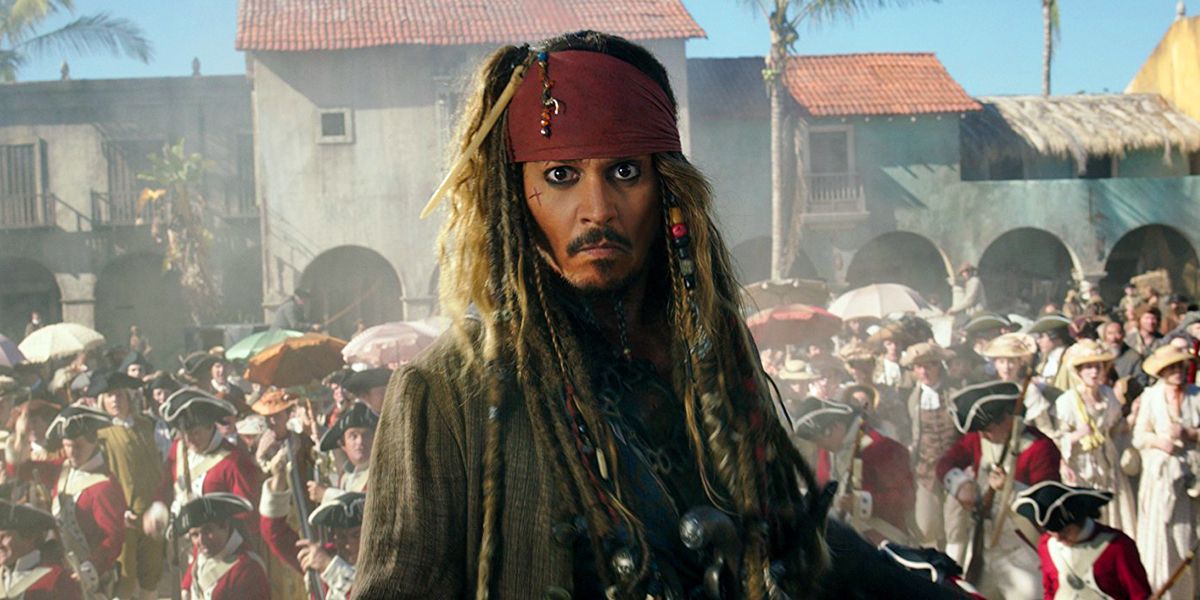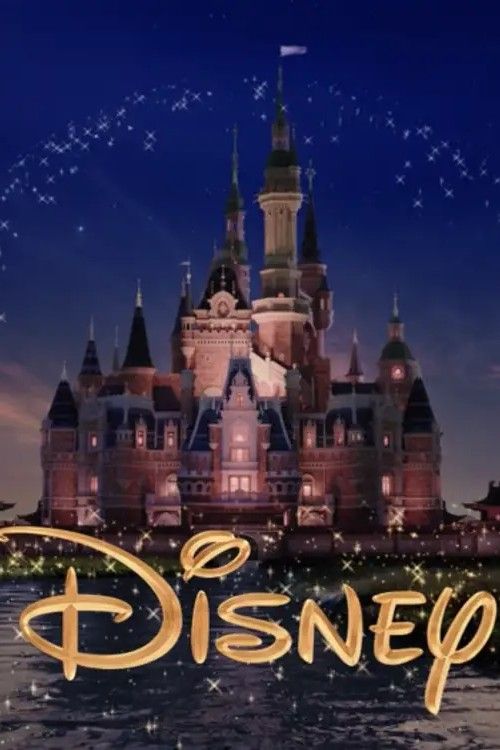
As the first trailers for Here drop, Disney fans realize it’s secretly the adaptation they’ve always wanted. In recent years, Disney has struggled to discover the kind of movies their audiences gravitate towards and the properties they want to see on the big screen. While they toy with reboots, sequels, and spinoffs, Here may have cracked the code by channeling one of Walt Disney’s most beloved attractions: the Carousel of Progress.
As odd as it may seem, Here is, in many ways, the big-screen equivalent of the nostalgic ride that has enchanted visitors for over half a century. Intriguing in its premise and ambitious in execution, the movie prepares to make its home in theaters globally, promising audiences an emotional roller coaster ride across the ages. Here is centered around a special place in New England where loving memories flourish across the decades, following generations of characters who find comfort in each other.
Updated October 27, 2024, by Arthur Goyaz: Here might not be a direct adaptation of Disney’s Carousel of Progress, but it does justice to the ride’s most profound themes. Most importantly, the movie celebrates the 30-year collaboration between Robert Zemeckis and Tom Hanks. This article was updated to include more relevant information and to reflect CBR’s current formatting standards.
How Here Brings Walt Disney’s Vision to Life
The Carousel of Progress Began as an Attraction Known as “Harnessing the Lighting”
Before it became a beloved Disney theme park attraction, Walt Disney’s Carousel of Progress debuted at the New York World’s Fair in 1964. Initially sponsored by General Electric, this passion project by Walt Disney took riders on a journey through the 20th century and beyond, chronicling the life of an American family and highlighting the technological advances that improved their lives. With its catchy theme songs by the legendary Sherman Brothers, nostalgic charm, and optimistic outlook on the future, Carousel of Progress epitomized Disney’s vision. After a successful debut, the former World’s Fair attraction found homes in Disney theme parks, where it continues to entertain audiences at Walt Disney World Resort in search of air conditioning. Today, Walt Disney’s Carousel of Progress remains the longest-running stage show in American theater history, a testament to its enduring charm and timeless appeal.
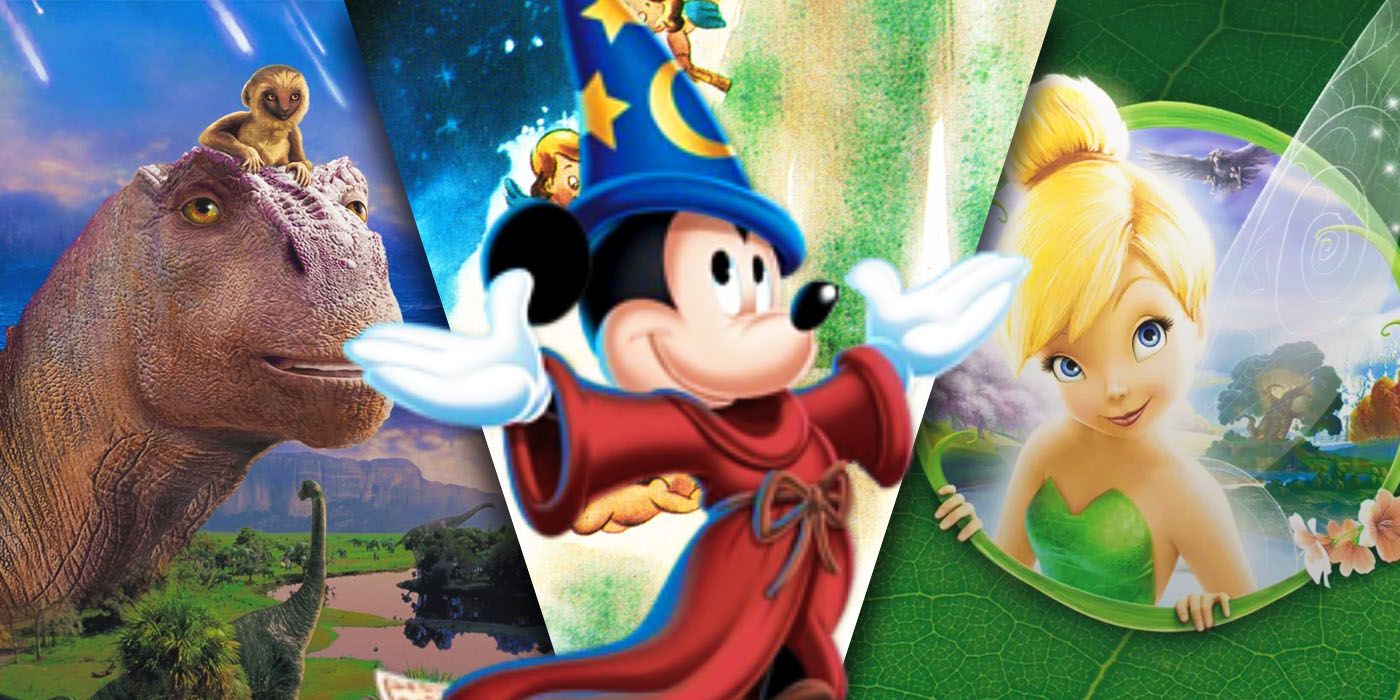
Related
This 1940s Classic is the Main Inspiration For Fans’ Favorite Disney Movies
Though Fantasia may seem a tad obscure to casual Disney fans, there’s no denying its influence on other fan-favorite films.
Whether it’s the Pirates of the Caribbean series, Tower of Terror, or the Haunted Mansion movies, Disney has endeavored to capture the magic of its theme park attractions. While there have been films based on Disney’s Tomorrowland and Mission to Mars, few have attempted to adapt Walt Disney’s Carousel of Progress—if at all. Whether Here draws inspiration from the World’s Fair attraction or only the Richard McGuire graphic novel it’s based on remains unclear. However, the comparisons between Here and Carousel of Progress are unavoidable. From the movie’s unique gimmicks to its themes and headliners, Here comes off as the Carousel of Progress movie that Disney could’ve made had the idea been brought to them.
The celebrated filmmaker behind movies like Forrest Gump and The Polar Express, Robert Zemeckis, plans to premiere another nostalgic movie with a new twist. While most movies involve a change of location or different camera angles, Here’s story never moves, nor does the point of view. In many ways, it’s oddly reflective of Walt Disney’s revolving theater. While not quite a ride like The Haunted Mansion, audiences are seated as the theater slowly spins, bringing them from one era to another, from one scene to the next, and finally back into the modern world that awaits them beyond the exit.
Like Here, much of Disney’s Carousel of Progress focuses on limited sets, with most of the show set in the family’s kitchen. While the static camera is an unusual choice and certainly one that will challenge audiences, if Here really were an adaptation of the Carousel of Progress, few would question it. After all, much of the attraction’s identity lies in its innovative mechanical theater and how little the location shifts, even as the surrounding world does. While Here isn’t an official adaptation of the Carousel of Progress, it utilizes many similar elements and brings Disney’s vision to life in a brand-new way.
From Here’s first glimpses, it’s easy to compare Walt Disney’s iconic slice of Americana. The film focuses on how much things have changed as audiences witness shifts in styles, technology, and the gradual aging of characters, all reminiscent of the Carousel of Progress show. Audiences experience over a century’s worth of stories unfolding like a stage play, with most of the plot revolving around Tom Hanks’s character, Richard, and the life he leads from his youth to his golden years, brought to life through the magic of CGI. Of course, Here is noticeably more dramatic, but it shares the essence of Walt Disney’s Carousel of Progress.
Disney’s show explores the passing decades and its effects on the protagonist John’s family as they live, love, and evolve with the progress happening in the outside world. Although Here doesn’t focus as heavily on technology, the trailer indicates it plays a role in showcasing the passage of time, with cars changing outside the window, families gathering around a projection screen, and appliances replaced with newer versions. Moreover, like the characters in Walt Disney’s Carousel of Progress, Here’s story is about family, with Richard inevitably realizing how many years have passed and how much has changed since the film’s start, according to Zemeckis himself.
Why Here is the Perfect Carousel of Progress Movie
A Generational Fable About Family and Love in America
When examining previous theme park movies, Disney usually has a few simple goals when bringing them to the big screen. Films like Pirates of the Caribbean and 2023’s Haunted Mansion aim to expand the worlds of their respective rides. While movies like Tomorrowland attempt to evoke nostalgia through their familiar theme park iconography. Then there are movies like 2002’s infamous The Country Bears, which struggled to reimagine classic characters for modern audiences. However, above all else, these movies are designed to bring new life to Disney’s theme park attractions and translate the experiences they offer to theaters. Here may not be based directly on Carousel of Progress, but it appears to be the perfect adaptation.
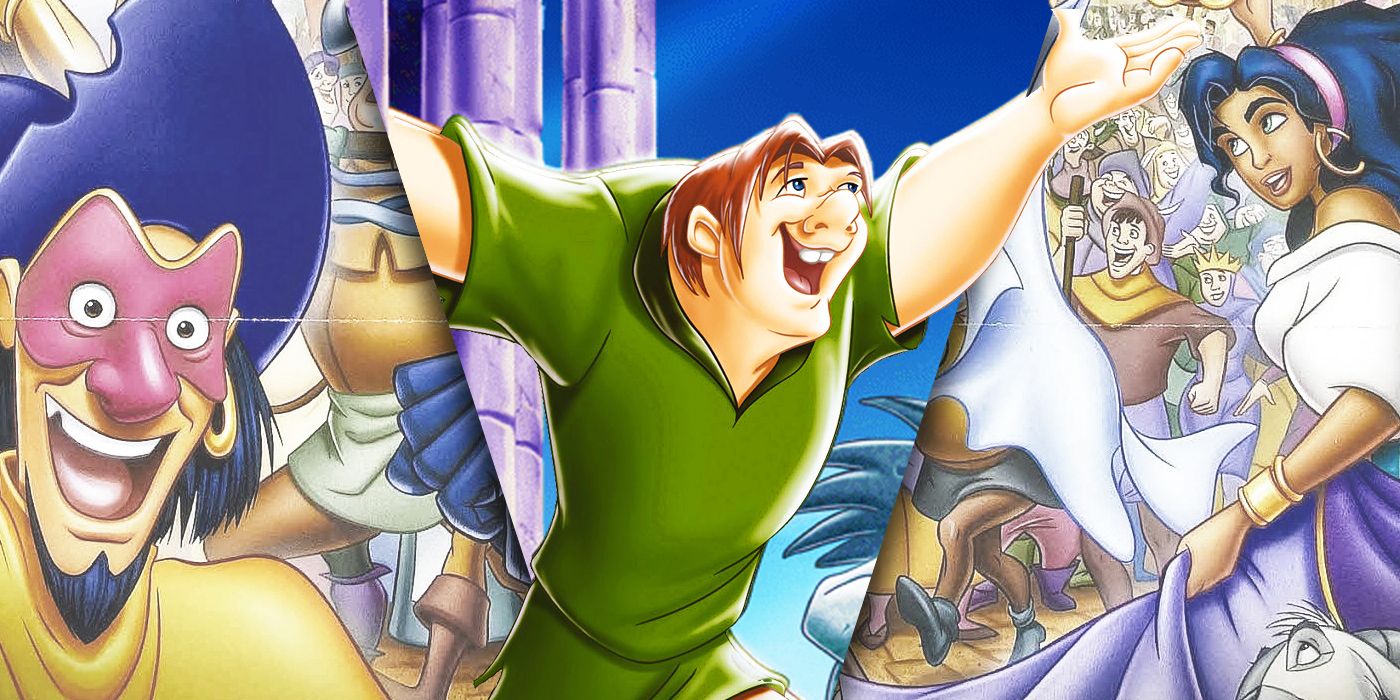
Related
Disney’s Darkest Renaissance Movie Improved Its Even Darker Source Material
The Hunchback of Notre Dame is one of Disney’s most famous love stories. But many fans don’t realize how well it mimics the original novel.
Even with its unique angle and nostalgic scenery, Here still prides itself as a character-driven piece. From the brief glimpses in the trailer, it’s clear that this Tom Hanks film is designed to tug at a few heartstrings as it portrays the ups and downs of life. If Disney had decided to expand the Carousel of Progress the way it did with movies like Pirates of the Caribbean, it’s clear that it would likely have taken a similar route. Theoretically expanding on John’s family and how time changes them—the same way it changes their appliances, aspirations, and luxuries—Here explores a similar concept. While reminiscent of Zemeckis’ other movies like Back to the Future, Here perfectly expands on the themes of change, giving the characters depth and teaching audiences to appreciate the present as “the best times of our lives” because, good or bad, nobody knows what tomorrow brings.
While Walt Disney’s Carousel of Progress has seen multiple updates since the audio-animatronic show debuted in the 1960s, it’s easy to see that it has become outdated. Its portrayal of the 21st century came at a different time. While many of its wonders, such as a VR headset, have been integrated into daily life, other then-futuristic concepts have become amusingly outdated. Although the Tomorrowland-based show remains a cult classic, it doesn’t receive the same fanfare as attractions like Space Mountain and could use a bit of love.
Many perceive Here as a modern Carousel of Progress providing insights into how Disney could have revived their beloved show and perhaps allowed it to expand outside theme parks, as it did with rides like Journey into Imagination and The Haunted Mansion. Moreover, with media outlets reporting Tom Hanks’ casting rumor in an upcoming revamp of Walt Disney World’s version of the show, this only adds to the idea that Here is the perfect adaptation of the Carousel of Progress.
What Disney Can Learn From Here
Theme Park Movies Can Have a Life of Their Own
After the conclusion of Pirates of the Caribbean: Dead Men Tell No Tales, the apparent stagnation of Jungle Cruise 2, and the lukewarm reception to Haunted Mansion, Disney continues to struggle with bringing its theme parks to theaters without learning from their previous attempts. With a potentially controversial Pirates of the Caribbean reboot on the horizon and another Tower of Terror movie seemingly following in Haunted Mansion’s footsteps, it raises questions about what Disney needs to do to find success. Strangely, despite not being a Disney theme park movie, Here provides the perfect blueprint for adapting an attraction, with Walt Disney’s Carousel of Progress as the model.
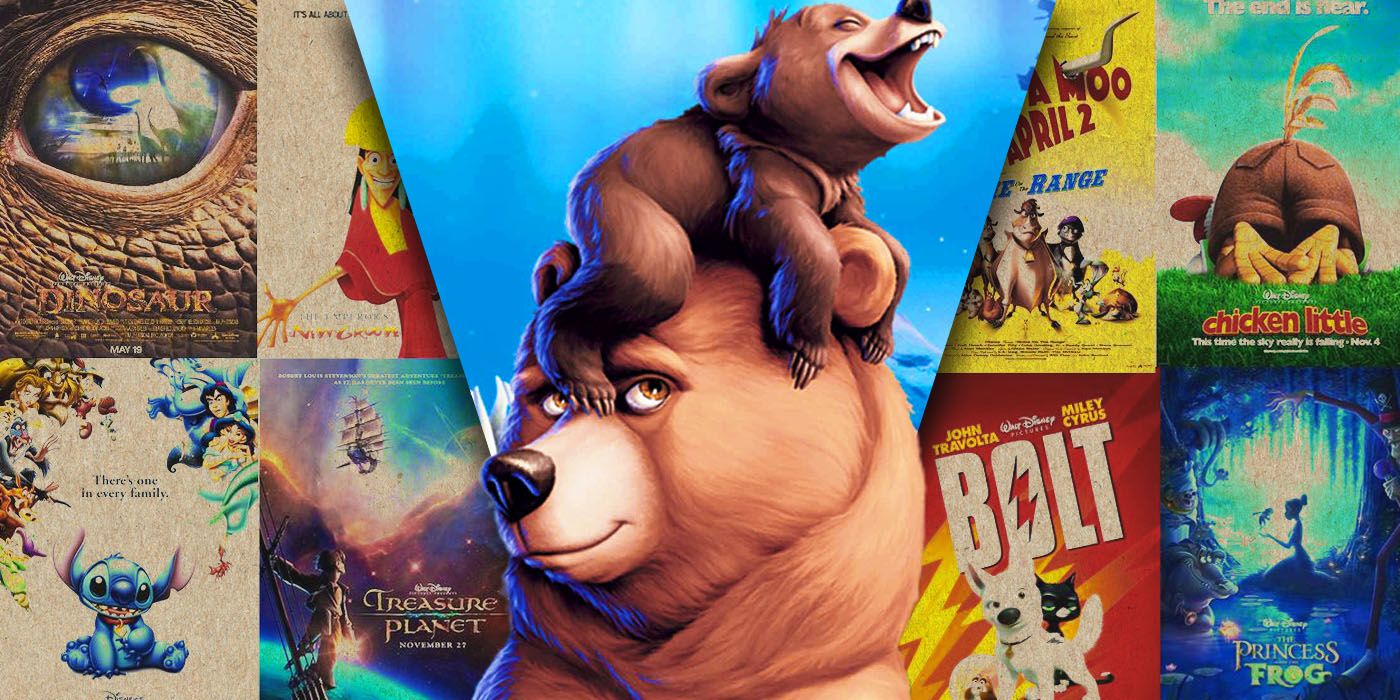
Related
This 2000s Disney Movie Does Not Get the Recognition It Deserves
Brother Bear is synonymous with early 2000s Disney. With its moving plot, catchy songs, and fond characters, this film deserves a lot more praise.
One of the glaring problems with Jungle Cruise, Haunted Mansion, and Disney’s future slated projects is that the original Pirates of the Caribbean movies are hard acts to follow. Every attempt to recreate the action-packed adventures of the beloved Jack Sparrow will likely fail to escape his shadow. Whether it’s another big-budget, over-the-top action film or an atmospheric haunted house movie, Disney theme park movies aren’t offering audiences anything they haven’t seen before. What would make Here work as a Carousel of Progress movie is its smaller scale, original gimmick, and a healthy dose of nostalgia true to the original show. Disney needs to take more risks, explore new possibilities, and perhaps focus more on the emotional storytelling the studio was once known for.
If Walt Disney’s Carousel of Progress has anything to teach, it’s to reflect on the past, cherish the present, and always believe in that “great big beautiful tomorrow.” When Here inevitably releases in theaters, it will only reinforce the idea that progress is always happening, whether in the blink of an eye or over several generations. Here, the Carousel of Progress reminds audiences of the importance of stopping to take a few pictures, stocking up on souvenirs, and standing in a few lines with the people they love because, in the end, life is the wildest ride of them all. With twists and turns, shrieks, tears, and laughs, life can go by fast as the years rush by, and hopefully, when it’s all said and done, everyone is left saying, “That was fun, it’s time to go home.”
Here is the Result of a Long-Term Collaboration Between Tom Hanks and Robert Zemeckis
Here Is the Fifth Zemeckis Movie Headlined by Hanks
Whenever Robert Zemeckis and Tom Hanks team up to make a movie, the result is often a tear-jerking awards sweeper. Their first movie together says a lot about the fruitful collaboration that developed between the unique director-actor pairing: Forrest Gump, a moving tale about empathy and love. The movie introduced Hanks’ career-defining character. Forrest’s contagious innocence changed the lives of everyone who crossed paths with him, whether they realized it or not. Forrest Gump went on to win six Academy Awards, including Best Director for Zemeckis and Best Actor for Hanks.
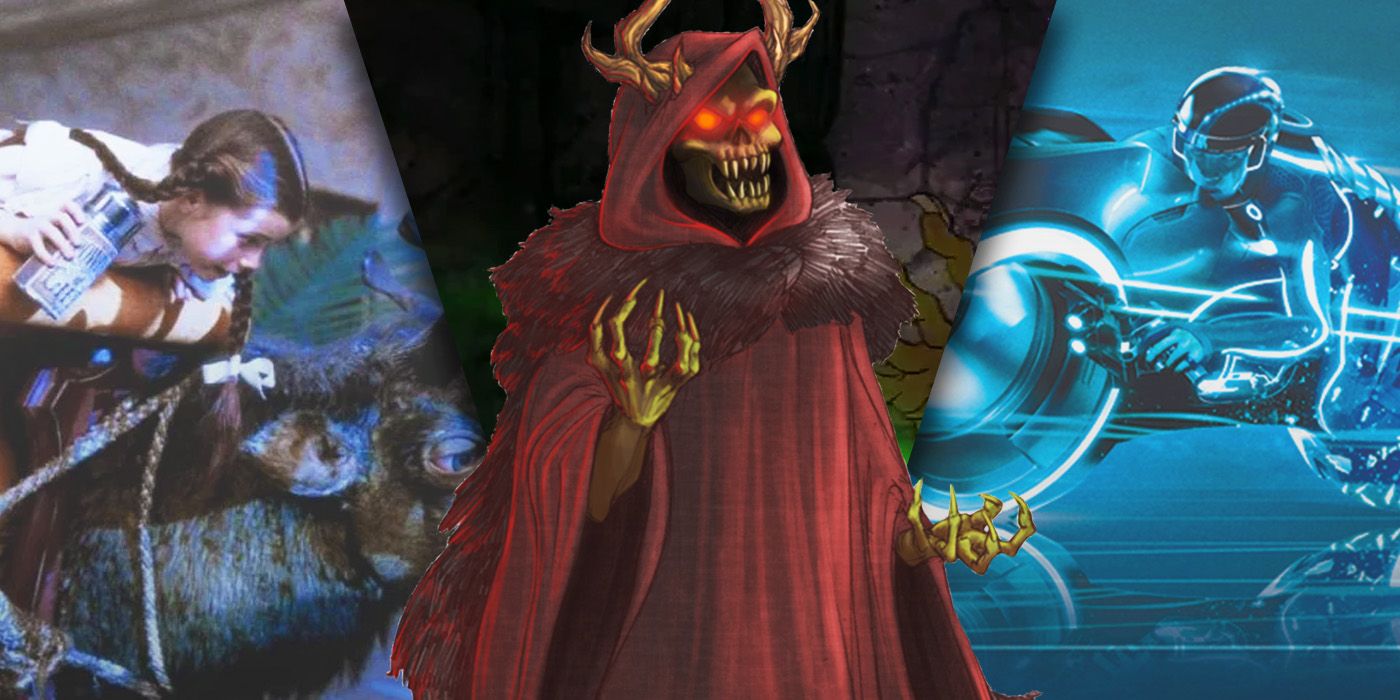
Related
Disney’s Best Cult Movies Are All Surprisingly Dark
Disney’s “Dark Era” ushered a series of beloved flops, from The Black Hole to Return to Oz.
The duo has reunited four other times ever since. In 2000, it became clear that no one knew how to put Tom Hanks’ potential to use as Zemeckis. The movie in question is the iconic Cast Away, which follows the sole survivor of a plane crash struggling to survive on a deserted island. Once again, Hanks was the heart and soul of the movie, which led to another acting nomination at the Oscars. Zemeckis and Hanks reunited for The Polar Express in 2004, another Oscar-nominated movie in which Hanks voices multiple characters, then Pinnochio in 2022. The latter was a fiasco among critics and the public audience, but at least Hanks delivered a sweet rendition of Geppetto.
Here marks the fifth collaboration between Zemeckis and Hanks, and it feels like the perfect movie to celebrate their partnership. Just like the movie spans multiple decades, Zemeckis and Hanks’ legacy together spans 30 years of ups and downs. Here will celebrate the nostalgic strength of the passing era, the memories that stay, and those that vanish forever. It already feels like an important landmark in the respective careers of Zemeckis and Hanks, and it may as well serve as an inspiration for Disney to pursue the power of its iconic attractions with originality.
Discover more from reviewer4you.com
Subscribe to get the latest posts to your email.
